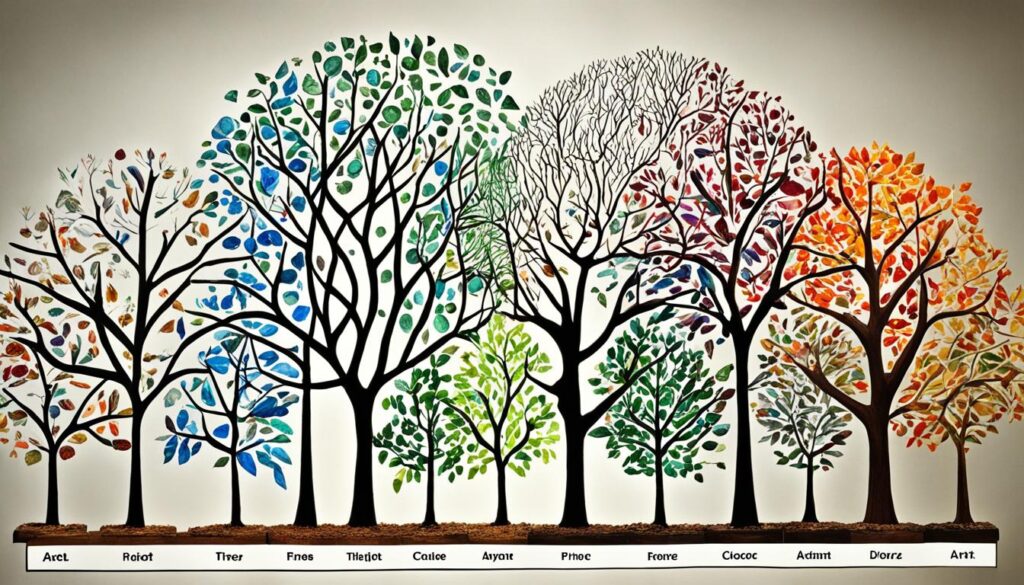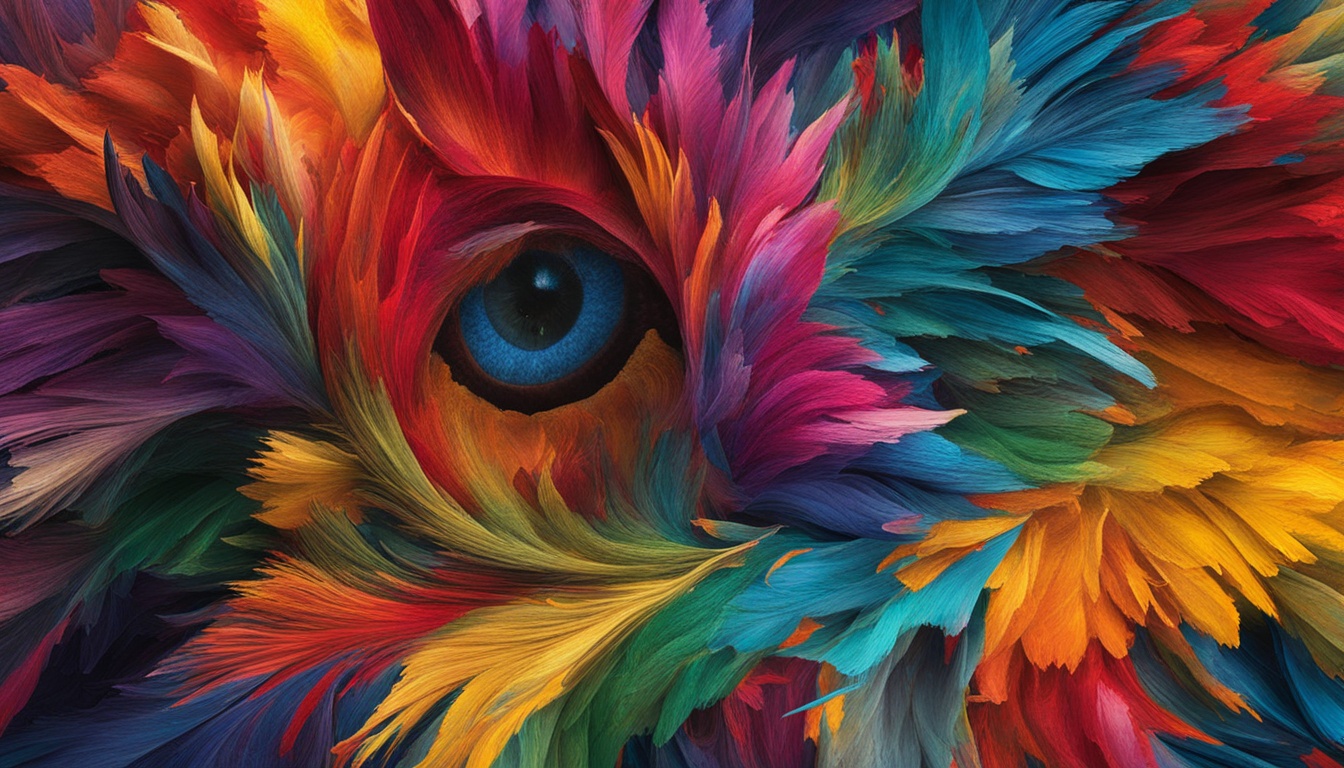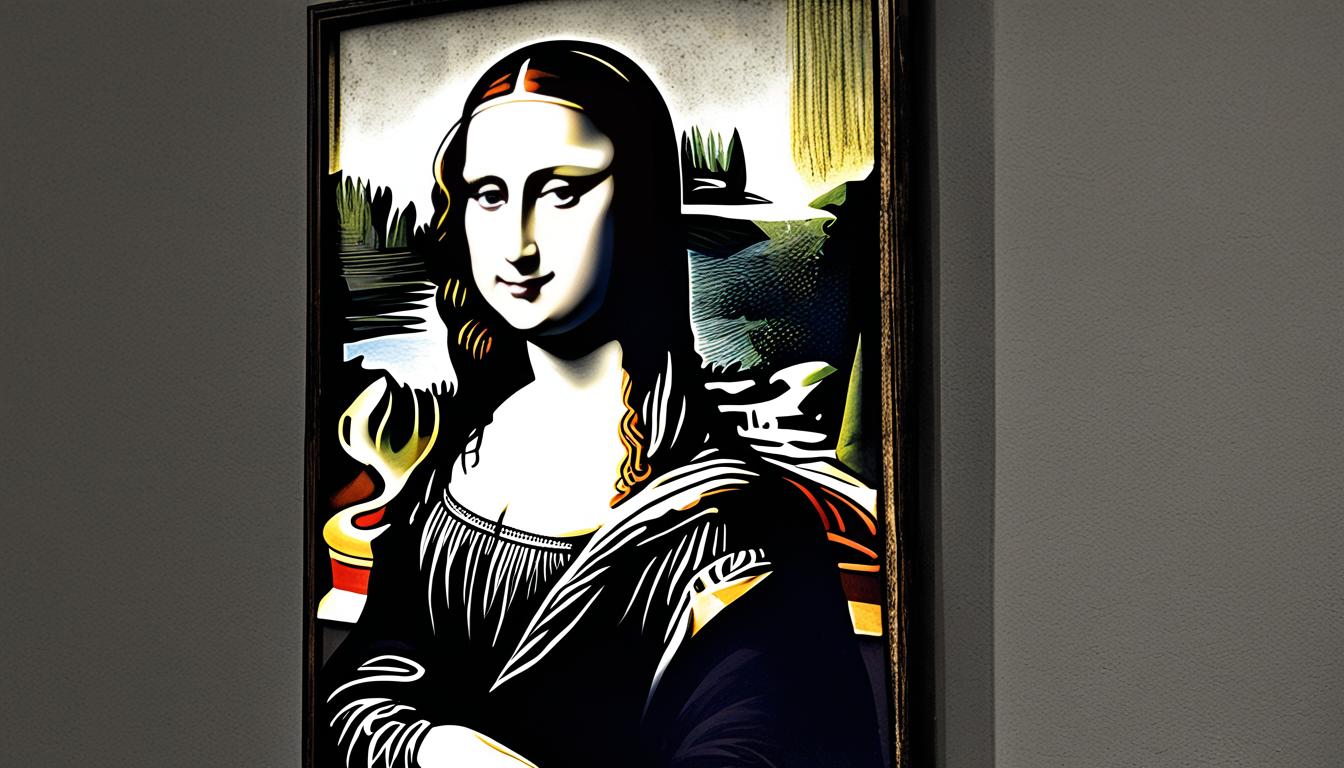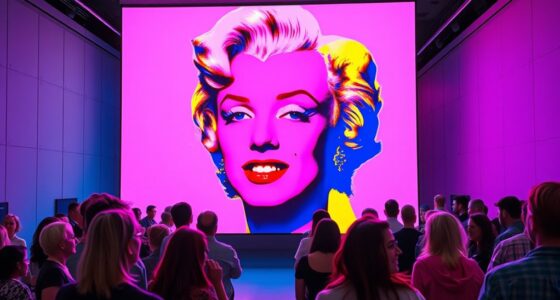Reflect for a moment on a time when you stood before a piece of art that left you breathless or perhaps puzzled. Whether it was the swirling colors of a Van Gogh or the stark simplicity of a minimalist installation, art has an uncanny ability to provoke feelings that words often fail to capture. This phenomenon isn’t just magic; it’s grounded in profound thinking. Understanding what are art theories allows you to unlock a deeper appreciation for creativity, connecting you more intimately to both the artwork and the artist. These frameworks help you navigate the intricate world of art, bringing clarity to your experiences and insights, whether you’re an artist, a critic, or simply an enthusiast. In this article, we will explore the art theory definition, its significance in shaping the ways you perceive art, and how these theories can enhance your creative journey.
Key Takeaways
- Art theories provide frameworks for understanding and evaluating art.
- The importance of art theories lies in enhancing personal and collective interpretations of artworks.
- Various art theories include Imitation, Expressive, Formalism, and Institutional theories.
- Each theory offers a unique perspective on the nature and value of art.
- Understanding these theories can unlock your creative potential in your artistic endeavors.
Introduction to Art Theories
Art theories provide essential insights into the creativity in art and its diverse practices across cultures and time periods. An introduction to art theories reveals a landscape where aesthetics intersects with ideology, allowing for a deeper understanding of both traditional and contemporary artistic expressions. You may wonder, what are art theories? At their core, these theories present frameworks that contextualize artwork within broader cultural, historical, and social narratives. At the heart of art theories is the exploration of the meaning and purpose behind artistic creations. They delve into questions about the role of the artist, the audience, and the societal influences that shape artistic production. In essence, the definition of art theory encompasses the study of the underlying principles and philosophies that guide the creation and interpretation of art.
Within the realm of art theory, there are nine academic discipline orientations, including comparative art and cultural heritage. These categories not only highlight the aesthetic characteristics of art but also explore the integration of theory with practice, fostering a richer interpretation of artistic output. By focusing on elements like modern art theory and contemporary practices, art theories illuminate how art reflects societal values and individual creativity.
Art production, alongside the study of the cultural industry, further emphasizes the mechanisms behind artistic endeavors and their symbolic significance. In this intricate web of ideas, the examination of works by artists such as Francis Bacon, Paul Gauguin, and Damien Hirst reveals diverse interpretations that continue to evolve. Engaging with what are art theories encourages a profound appreciation for both the intentions of the artist and the perceptions of viewers across various contexts.

What Are Art Theories?
Art theories serve as vital frameworks for dissecting and constructing artistic narratives. Understanding how to define art theories involves recognizing that they articulate core principles and concepts that shape our interpretation and appreciation of various artistic expressions. This understanding enhances your ability to engage with art at deeper levels.
Definition of Art Theories
To define art theories is to explore a spectrum of intellectual traditions that offer insights into how we interpret and create art. These theories delve into the aesthetics, cultural significance, and expressive qualities of artworks, guiding both artists and viewers. Notable contributions include aesthetic definitions by Monroe Beardsley and George Dickie’s institutional theory, emphasizing the contexts that define what can be considered art.
Importance of Art Theories in the Art World
The importance of art theories extends far beyond mere classification; they function as essential tools in enriching the dialogue within the art community. By engaging with various types of art theories, including the Representational Theory that highlights imitation, and the Expressive Theory that focuses on emotional output, you enhance your appreciation and critique of artworks. These theoretical frameworks support artists in navigating their creative practices and foster a community that values diverse interpretations.

Furthermore, understanding the types of art theories allows individuals to reflect on their own biases and preferences. For example, while some may resonate with Formalism, focusing on structure and design, others might prefer Emotionalism, which centers on the feelings evoked by art. Recognizing these inclinations can lead to more fulfilling art experiences and insights. Engaging with these frameworks promotes a culture of critical analysis and appreciation, vital to the evolution of artistic expression.
Exploring the Evolution of Art Theories
The evolution of art theories plays a vital role in shaping our understanding of various artistic expressions throughout history. By examining how these theories developed, one can appreciate the influences that cultural contexts impart upon artistic creation and interpretation.
Historical Development
The historical development of art theories can be traced back to ancient philosophers who laid the groundwork for understanding art. Plato, with his extensive writings, critiqued the role of artists in society. In “Book X” of The Republic, he condemned artists and poets as creators of lies and corruption through imitation. This foundational idea set a precedent that sparked numerous discussions on the value and purpose of art. Later thinkers, such as Immanuel Kant, further contributed to the evolution of art theories by exploring the relationship between aesthetics and moral values, prompting a deeper examination of the meaning behind art.
Influence of Cultural Contexts
Cultural contexts in art are crucial for understanding how art is produced and perceived. These contexts shape the frameworks within which art is created, influencing the themes, styles, and techniques employed by artists. From the Renaissance’s humanism to the modern emphasis on individualism, the cultural backdrop often determined what was valued in art. This relationship underscores the importance of engaging with the evolution of art theories as you navigate through different artistic periods, enhancing your appreciation for both individual works and broader movements.

Types of Art Theories and Their Significance
Understanding the different types of art theories can greatly enhance your appreciation and analysis of artwork. Among these theories, four key perspectives stand out, each offering a distinct approach to understanding art’s value and meaning.
Imitation Theory: Art as a Reflection of Reality
The Imitation Theory, also known as Representational Theory, asserts that the highest quality of art is achieved when it closely imitates reality. This concept has roots in classical philosophy, suggesting that art is a reflection of the natural world. By focusing on accuracy and representation, this theory provides a framework for evaluating artwork that seeks to capture the essence of its subject.
Expressive Theory: Emotions Within Art
On the other hand, Expressive Theory centers on the emotional impact of art. This perspective values the feelings that an artwork evokes in the viewer, positing that the true worth of art lies in its ability to convey emotions and provoke responses. It argues that art is a powerful means of communication, allowing artists to express their inner experiences and influence their audience profoundly.
Formalism Theory: The Importance of Form and Structure
Formalism Theory emphasizes the importance of an artwork’s composition, form, and design elements over its narrative content. By focusing on the structural aspects of art, this approach allows for an objective evaluation based on aesthetics rather than thematic interpretation. This perspective is instrumental in understanding how various elements work together to create a cohesive piece.
Institutional Theory: Context Defining Art
Finally, the Institutional Theory suggests that the meaning of art is heavily defined by the context in which it exists. According to this theory, societal recognition and institutional frameworks help to shape the interpretation and appreciation of art. This perspective highlights the significance of cultural influences and social environments in defining what is considered art.
Each of these types of art theories offers valuable insights and helps enrich your understanding of diverse artworks, deepening your personal engagement with the art world. Whether you resonate more with the aspects of imitation, emotion, form, or context will shape your unique artistic perspective.









